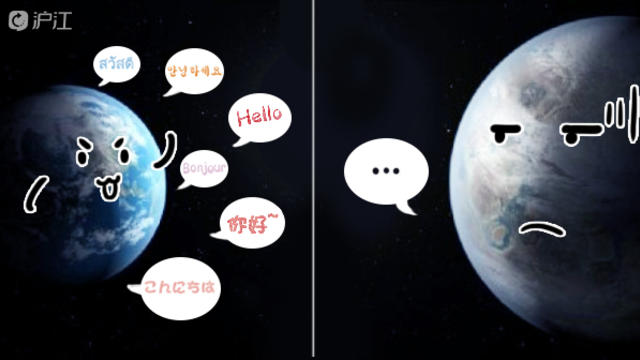2016年6月英语六级听力预测:讲座模拟题
英语六级听力改革之后,听力讲座成为新的题型,这个新的面孔,想必很多考生都尚未认识呢,下面就通过沪江教研出的讲座预测题来熟悉一下讲座题型。
全国大学英语四、六级考试委员会自2016年6月考试起将对六级考试的听力试题作局部调整。
四级听力部分总占比35%。其中,讲座篇章:有3篇,共10题,每题2分;分值占比20%。
Now listen to the following recording and answer questions 1 to 3.
1.
A. Observing behavior is often used in research.
B. Sampling research is introduced from foreign countries.
C. There are two kinds of research samplings.
D. Time sampling is one of the best research samplings.
2.
A. Time span for observation is different.
B. Observation periods for random sampling is longer.
C. The time sampling is systematic.
D. Interval for time sampling is shorter.
3.
A. How animals' behaviors are different from people.
B. Studying behaviors in similar days, months and years.
C. Behaviors are under control by animals and zookeepers.
D. Observing people's behaviors in different situations.
(注:此篇为样题,仅做参考)
听力原文:
Lecture
Good morning, everyone. Today we will look at how to observe behaviour in research. In this lecture, I will briefly introduce two kinds of sampling, that is, time sampling and situation sampling.
Now first, time sampling. Time sampling means that researchers choose various time intervals for their observation. Intervals may be selected systematically or randomly. Suppose we want to observe students' classroom behaviour. Then in systematic time sampling, our observations might be made during five 20-minute periods, beginning every hour. The first observation period could begin at 9 am, the second at 10 am and so forth. However, in random sampling, these five 20-minute periods may be distributed randomly over the course of the day. That is to say, intervals between observation periods could vary—some longer others shorter. One point I'd like to make is systematic and random time sampling are not always used in isolation. They are often combined in studies. For example, while observation intervals are scheduled systematically, observations within an interval are made at random times. That means the researcher might decide to observe only during 15-second intervals that are randomly distributed within each 20-minute period.
Now let's come to situation sampling. Then, what is situation sampling? It involves studying behaviour in different locations and under different circumstances and conditions. By sampling as many different situations as possible researchers can reduce the chance that their observation results will be peculiar to a certain set of circumstances and conditions. Why? Because people or for that manner animals do not behave in exactly the same way across all situations. For example, children do not always behave the same way with one parent as they do with the other parent, and animals do not behave the same way in zoos as they do in the wild. So, by sampling different situations, a researcher can make more objective observations than he would in only a specific situation.
Q1. What does the introduction say about observing behaviour in research?
Q2. What's the difference between time sampling and random sampling?
Q3. What is situation sampling?
答案&解析:
1. 答案:C
解析:
根据文中Today we will look at how to observe behaviour in research. In this lecture, I will briefly introduce two kinds of sampling, that is, time sampling and situation sampling.可知, 开场简短介绍当中,讲座发言人指出在研究观察行为时,有两种研究案例的方式,所以,答案为C。
2. 答案:A
解析:
根据文中第二段先是谈到如何进行time sampling到,后来转折处常考,however之后谈到However, in random sampling, these five 20-minute periods may be distributed randomly over the course of the day. That is to say, intervals between observation periods could vary—some longer others shorter.可知,time sampling和random sampling不同的是两者观察时间间隔的不同,所以答案选A。
3. 答案:D
解析:
根据听力原文中Now let's come to situation sampling. Then, what is situation sampling? It involves studying behaviour in different locations and under different circumstances and conditions. 可知,situation sampling主要是研究观察总结人在不同环境、状况下的行为,所以,答案为D。
听力押题相关推荐:
声明:本文章系沪江英语原创内容,转载请注明出处。











